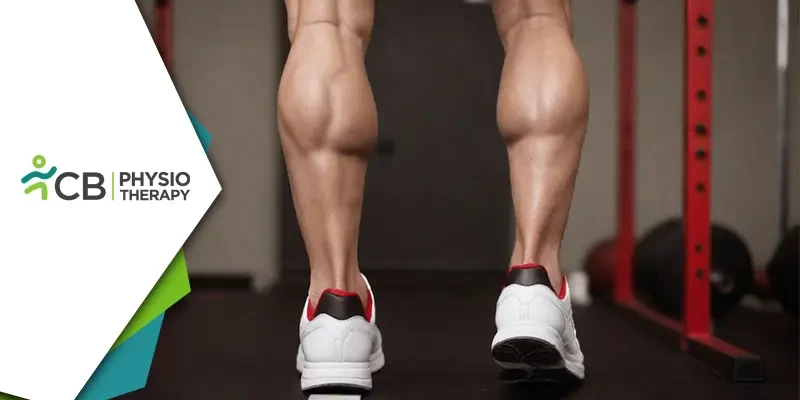Gastrocnemius tendinopathy, a condition affecting the calf muscles, is not just a discomfort felt by athletes. It's a debilitating issue that can significantly impact one's mobility and quality of life. From persistent pain to limitations in movement, individuals grappling with this condition often find themselves seeking effective treatments to alleviate their symptoms and restore functionality. Among the various therapeutic approaches available, physiotherapy stands out as a cornerstone in the management of gastrocnemius tendinopathy, offering a holistic and tailored approach to recovery.
Understanding Gastrocnemius Tendinopathy
Before delving into the role of physiotherapy, it's essential to grasp the nature of gastrocnemius tendinopathy. This condition primarily affects the gastrocnemius tendon, one of the primary tendons in the calf muscles. Overuse, repetitive strain, sudden increases in physical activity, or inadequate warm-up routines can all contribute to the development of tendinopathy.Gastrocnemius tendinopathy manifests through various symptoms, including localized pain, tenderness, stiffness, swelling, and reduced range of motion in the ankle joint. Activities such as walking, running, or even climbing stairs can exacerbate these symptoms, making daily tasks challenging for those affected.
The Role of Physiotherapy
Physiotherapy plays a pivotal role in the management of gastrocnemius tendinopathy, offering a comprehensive approach to address both the symptoms and underlying causes of the condition. Here's how physiotherapy interventions can benefit individuals dealing with this ailment:1. Comprehensive Assessment:
Physiotherapists begin by conducting a thorough assessment to understand the extent of the condition and identify contributing factors. This assessment may include evaluating gait patterns, muscle strength, flexibility, joint range of motion, and biomechanics. By pinpointing specific areas of weakness or dysfunction, physiotherapists can tailor treatment plans to suit each individual's needs.
2. Pain Management:
Managing pain is a primary goal of physiotherapy for gastrocnemius tendinopathy. Various modalities such as ice therapy, ultrasound, electrical stimulation, laser therapy, and manual techniques like soft tissue mobilization may be employed to alleviate pain and reduce inflammation in the affected area.
3. Strengthening and Flexibility Exercises:
A structured exercise program targeting calf muscles and surrounding musculature is crucial for restoring strength, flexibility, and function. Physiotherapists prescribe exercises tailored to each individual's abilities and goals, gradually increasing intensity and resistance as tolerated. Strengthening exercises not only improve muscle function but also help stabilize the affected tendon and prevent future injuries.
4. Manual Therapy:
Hands-on techniques such as massage, joint mobilization, and stretching are integral components of physiotherapy treatment for gastrocnemius tendinopathy. These manual therapies help release tension, improve tissue mobility, and enhance blood flow to the injured area, facilitating the healing process.
5. Functional Rehabilitation:
Beyond addressing pain and dysfunction, physiotherapy emphasizes functional rehabilitation to ensure individuals can resume their daily activities and return to sports or recreational pursuits safely. This may involve sport-specific training, balance exercises, proprioceptive drills, and activity modifications tailored to each person's unique needs and goals.
The Importance of Patient Education and Self-Management
In addition to hands-on treatment and therapeutic exercises, patient education plays a crucial role in managing gastrocnemius tendinopathy. Physiotherapists educate individuals about their condition, including contributing factors, proper footwear, ergonomic adjustments, and strategies for injury prevention. Empowering patients with knowledge and self-management techniques enables them to take an active role in their recovery journey and make informed decisions regarding their health.Gastrocnemius tendinopathy can significantly impact an individual's daily life, but with the right approach, recovery is possible. Physiotherapy offers a comprehensive and personalized approach to managing this condition, addressing pain, restoring function, and promoting long-term healing. Through a combination of therapeutic modalities, exercises, manual techniques, and patient education, physiotherapists play a vital role in helping individuals regain mobility, alleviate symptoms, and return to the activities they love.
If you or your loved one is struggling with gastrocnemius tendinopathy, our dedicated team is ready to support your journey toward recovery. Contact us to schedule a physiotherapy appointment and discover how you can enhance your rehabilitation.

